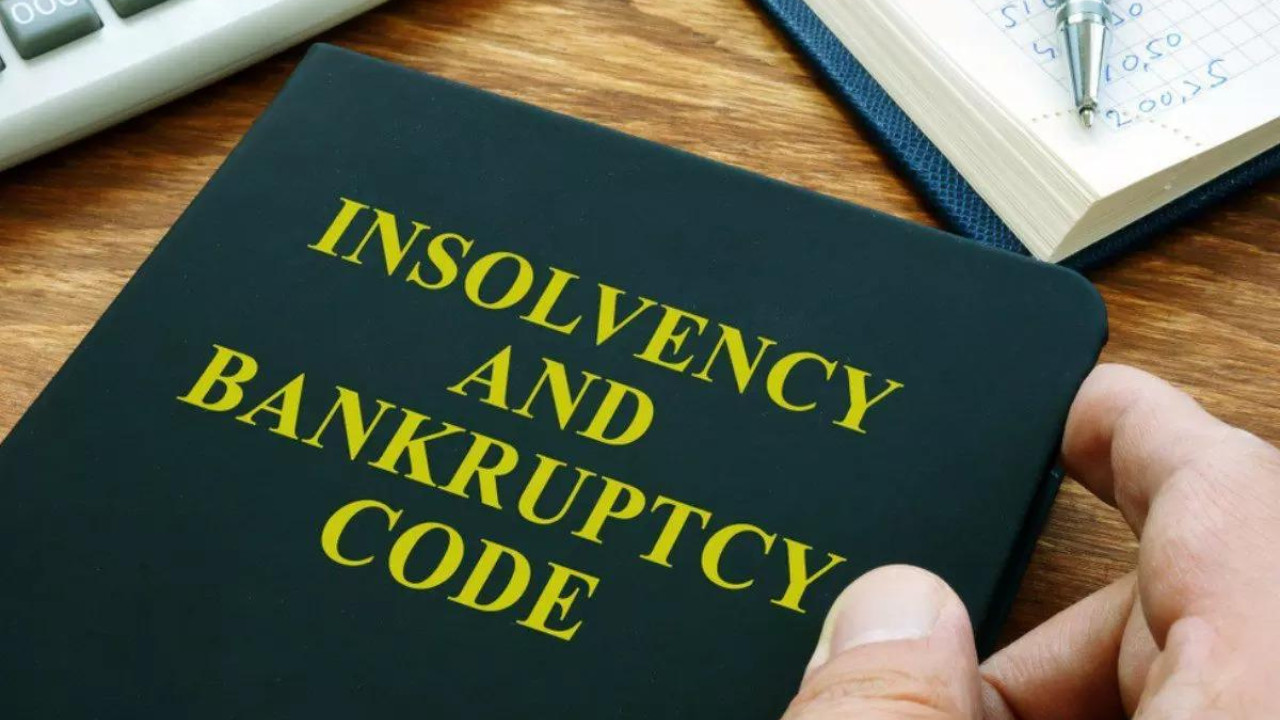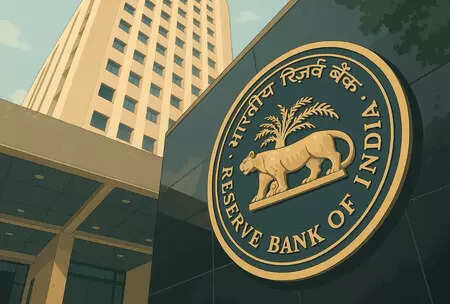Jefferies projects a slowdown in India’s corporate revenue and earnings growth for FY26 due to an anticipated moderation in nominal GDP growth to 9%, the second-lowest since FY04, excluding FY21. Despite steady real GDP growth, easing inflation is the primary driver. This deceleration may also impact credit expansion, potentially affecting the financial sector and investment momentum.
Is India’s Economic Engine Sputtering, or Just Shifting Gears?
The Indian economy, a roaring tiger in recent years, might be facing a slightly less ferocious, though still impressive, pace. A recent report hints that the country’s nominal GDP growth could be heading towards a six-year low in the coming fiscal year. While this might sound alarming, it’s crucial to dig deeper and understand the nuances behind the numbers. What’s really going on, and what does it mean for businesses and individuals alike?
The report suggests that corporate revenue growth might also lag in FY26. This comes after a period of relatively strong performance, fueled by post-pandemic recovery and government spending. So, why the potential slowdown? Several factors are likely at play, creating a complex economic landscape.
One key element is the global economic environment. Rising interest rates in developed economies, persistent inflationary pressures, and geopolitical uncertainties are all casting shadows on global growth prospects. India, despite its strong domestic demand, isn’t entirely immune to these external headwinds. A slowdown in global trade could dampen export growth, impacting corporate revenues and overall GDP.
Another factor to consider is the base effect. The high growth rates witnessed in the immediate aftermath of the pandemic were partly due to the low base of comparison. As the economy normalizes, growth rates are naturally expected to moderate. This doesn’t necessarily indicate a crisis, but rather a return to a more sustainable long-term trajectory.
Furthermore, certain sectors might be experiencing specific challenges. For instance, the infrastructure sector, while benefiting from government investments, could face delays due to land acquisition issues or regulatory hurdles. Similarly, the manufacturing sector might be grappling with rising input costs and supply chain disruptions. Addressing these sector-specific bottlenecks is crucial for sustaining economic momentum.

Deciphering the India GDP Growth Forecast: What’s the Real Story?
It’s important to remember that GDP is a broad measure of economic activity. A slowdown in nominal GDP growth doesn’t necessarily translate to widespread hardship or a complete collapse. Instead, it signals a need for strategic adjustments and policy interventions to maintain a healthy and sustainable growth rate. The government’s continued focus on infrastructure development, coupled with reforms aimed at improving the ease of doing business, could play a significant role in mitigating the potential slowdown.
Moreover, the Indian economy possesses inherent strengths that can act as buffers against global headwinds. A large and growing domestic market, a young and increasingly skilled workforce, and a thriving digital economy provide a solid foundation for future growth. The resilience of the Indian consumer, supported by rising disposable incomes, can also help sustain demand and drive economic activity.
Beyond the Numbers: The Human Impact
Ultimately, economic indicators like GDP growth are meaningful only in relation to their impact on people’s lives. Slower growth could translate to fewer job opportunities, reduced wage increases, and potentially, increased economic inequality. Therefore, it’s vital that policymakers prioritize inclusive growth strategies that benefit all segments of society. Investing in education and skills development, promoting entrepreneurship, and strengthening social safety nets are crucial steps in this direction. You might also find value in exploring our recent article on [strategies for personal finance during economic uncertainty](link-to-related-article).
Looking ahead, India’s economic future hinges on its ability to adapt to a changing global landscape, address domestic challenges, and harness its inherent strengths. While the prospect of a slowdown in nominal GDP growth might raise concerns, it also presents an opportunity to re-evaluate priorities, implement strategic reforms, and build a more resilient and sustainable economy for the long term. The tiger may be pacing itself, but it’s far from losing its stripes.
Slug suggestion: india-gdp-growth-fy26







